Signs that a coyote is sick or rabid
While coyotes can be pretty dangerous on their own, this becomes doubly true when they’re sick or rabid, because they can transfer diseases or become more likely to attack. To best keep yourself safe, it’s essential to keep your eyes open for any signs.
How to tell if a coyote is sick?
Animals, like people, often get sick, but they won’t be getting any medical attention unless they have the good fortune of being someone’s pet. These diseases can range from a minor cold to something life-threatening. While this is a normal part of life and has been going on since the first living things on earth, you still don’t want to go near diseased animals, as you risk catching the disease yourself or having your pet catch it.
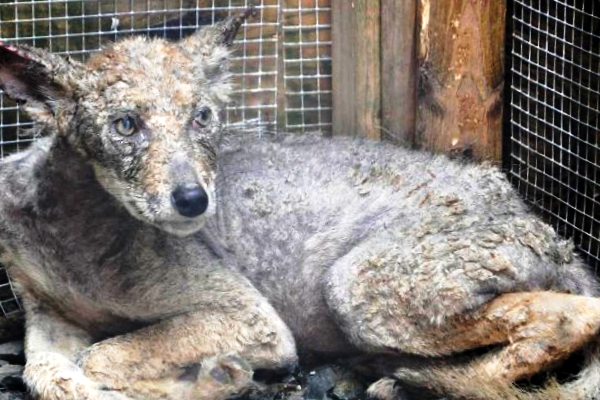
Thankfully, spotting a sick coyote isn’t too different from spotting a sick person. You’ll find them being more quiet and tired. They may lie down and close their eyes or be unresponsive to you and the world around them. Coyotes might also limp or have a low hanging head. Diarrhea and other discharge might also indicate that there’s something up with them.
How to tell if a coyote is rabid?
Most of us associate rabies with an aggressive animal that foams at the mouth, but the foam and aggressiveness are only some of the symptoms and they manifest sometime after the animal first gets sick. A rabid coyote might start barking and snapping for no reason at what might be an imaginary target. Some might walk in circles.
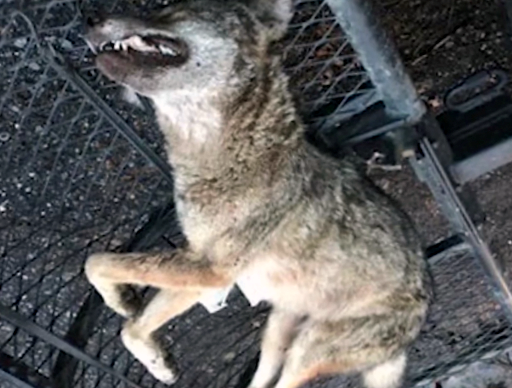
Their bodies might start shaking and trembling, or they might start tripping and falling over. Others could be paralyzed and motionless, or they could be covered in blood as they mutilate themselves. Some say that a coyote spotted during the day is also rabid, but this just isn’t true. Coyotes are known to be active both during the day and night, so if you see one while the sun is still out, it could just be looking for food.
What to do?
If you see a coyote with any of the symptoms mentioned, keep your distance and get to safety. Rabies and other diseases are a serious threat, and could even lead to death.
Select Your Animal

Raccoons
Raccoon Removal Information & How-To Tips
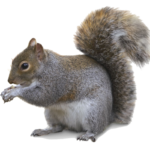
Squirrel
Squirrel Removal Information & How-To Tips
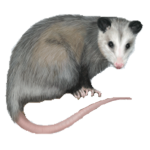
Opossum
Opossum Removal Information & How-To Tips
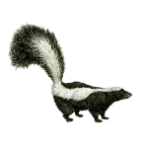
Skunks
Skunks Removal Information & How-To Tips
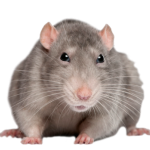
Rats
Rat Removal Information & How-To Tips
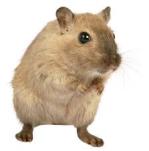
Mouse
Mouse Removal Information & How-To Tips
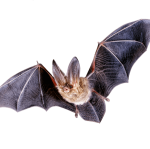
Bat
Bat Removal Information & How-To Tips
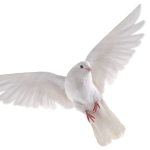
Bird
Bird Removal Information & How-To Tips
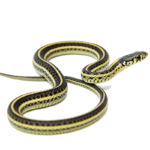
Snake
Snake Removal Information & How-To Tips
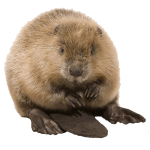
Beaver
Beaver Removal Information & How-To Tips
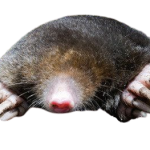
Mole
Mole Removal Information & How-To Tips
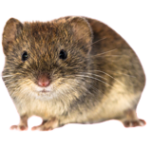
Vole
Vole Removal Information & How-To Tips

Gopher
Gopher Removal Information & How-To Tips
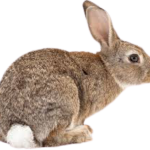
Rabbit
Rabbit Removal Information & How-To Tips

Woodchuck
Woodchuck Removal Information & How-To Tips
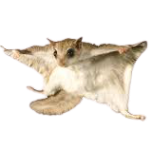
Flying Squirrel
Flying Squirrel Removal Information & How-To Tips
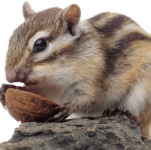
Chipmunk
Chipmunk Removal Information & How-To Tips
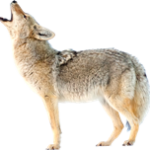
Coyote
Coyote Removal Information & How-To Tips
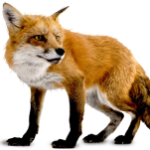
Fox
Fox Removal Information & How-To Tips

Wild Hog
Wild Hog Removal Information & How-To Tips
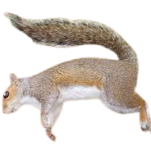
Dead Animal
Dead Animal Removal Information & How-To Tips